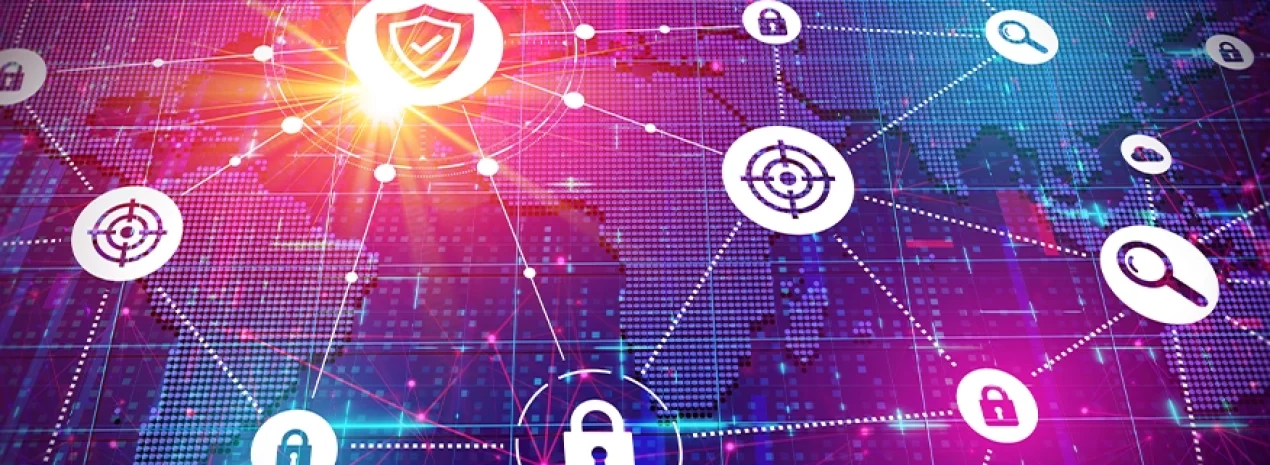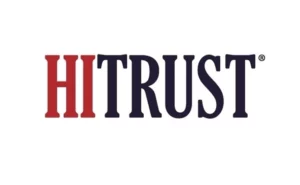
What Is Ransomware Protection Service? Best Practices Explained
Ransomware attacks have surged in recent years, posing significant threats to businesses of all sizes. The average ransomware demand per attack in 2024 has gone up to $5.2 million. These malicious software attacks encrypt critical data, crippling a company’s infrastructure without the payment of a hefty ransom. To counter this menace, organisations have been recommended to use security providers that have ransomware protection capabilities. But what exactly are these services, and how do you pick the right one?
Understanding Ransomware Protection Services
Ransomware protection services are comprehensive solutions designed to prevent, detect, and respond to ransomware threats. They encompass a range of features aimed at fortifying an organization’s cybersecurity posture:
Threat Detection and Monitoring: Continuous surveillance to identify suspicious activities indicative of ransomware attacks. This is usually accomplished with the help of a threat detection and response system like an MDR or MXDR service. These services utilize advanced analytics and AI-driven tools to continuously monitor the organization’s infrastructure, identifying unusual patterns or anomalies that may indicate the presence of a threat. By leveraging threat intelligence, they can detect ransomware activity at various stages, from initial intrusion attempts to lateral movement within the network, providing an early warning system to security teams.
Incident Response: Immediate actions to contain and mitigate the impact of detected threats. This adds in the response factor when a ransomware attack is detected. Once a threat actor gains entry, they look to map the infrastructure of an organization for effective encryption. MDR and MXDR services deploy a variety of response measures to stop these attacks, including isolating compromised endpoints to prevent lateral movement, deploying automated threat containment protocols to block malicious processes, and neutralize potential vulnerabilities. These responses are designed to act swiftly and decisively, minimizing the damage and preventing the attack from escalating further.
Backup and Recovery Solutions: Regular data backups and efficient recovery processes to restore systems without yielding to ransom demands. Organizations are recommended to keep extensive backups of their data to prevent a ransomware group from deleting their data backup, a strategy that has gained increased popularity as groups look to enhance the effectiveness of their attacks.
Employee Training and Awareness: Educational programs to equip staff with the knowledge to recognize and avoid potential threats. This is the prevention part of the attack, as with the proliferation of AI tech – the use of phishing as an initial attack vector has become common. With human interaction/error being widely considered the weakest link in the cybersecurity of an organization.
How Ransomware Protection Services Operate
These services employ a multi-faceted approach to shield organizations:
Threat Intelligence and Behavioral Analysis: Leveraging data to anticipate and identify ransomware tactics.
Email Filtering and Malware Scanning: Scanning incoming emails for malicious attachments or links that could deliver ransomware payloads.
Vulnerability Assessments and Patch Management: Regular evaluations to detect and address system weaknesses that could be exploited.
Endpoint Security: Deploying antivirus and anti-malware software on individual devices to detect and block suspicious activity on endpoints.
Behavioral Analysis: Monitoring application behavior to identify unusual patterns that might indicate a ransomware attack, such as rapid file encryption or unusual network activity.
Application Whitelisting: Only allowing pre-approved applications to run on a system, preventing unknown or malicious software from executing.
Network Intrusion Detection/Prevention Systems (NIDS/NIPS): Monitoring network traffic for suspicious activity that could be associated with ransomware attacks.
Backup and Disaster Recovery Strategies: Implementing robust backup protocols to ensure data integrity and availability in the event of an attack.
– User Awareness Training: Educating employees about phishing scams, suspicious links, and best practices to prevent accidental ransomware infection.
Best Practices for Ransomware Protection
To bolster defenses against ransomware, consider the following strategies:
- Regular System Updates and Patch Management: Keep all software and systems current to close potential security gaps.
- Implement Robust Backup Strategies: Adopt the 3-2-1 rule: maintain three copies of data, on two different media types, with one copy stored offsite.
- Enforce Multi-Factor Authentication (MFA): Add an extra layer of security to user accounts to prevent unauthorized access.
- 4. Conduct Employee Training and Phishing Simulations: Regularly educate staff to recognize phishing attempts and other social engineering tactics.
- Monitor and Secure Remote Work Environments: Ensure that remote access points are fortified against potential intrusions.
- Invest in Endpoint Protection and Managed Detection and Response (MDR): Utilize advanced tools to detect and respond to threats in real-time.
Benefits of Ransomware Protection Services
Implementing these services offers several advantages:
Cost Savings: Preventing breaches and minimizing downtime can save substantial financial resources.
Improved Compliance: Adhering to data protection regulations becomes more straightforward.
Enhanced Customer Trust: Demonstrating proactive security measures fosters confidence among clients and partners.
Choosing the Right Ransomware Protection Service Provider
When selecting a provider, consider the following factors:
Experience and Expertise: Assess the provider’s track record in cybersecurity.
24/7 Support and Response Times: Ensure they offer round-the-clock assistance with prompt response capabilities.
Customizable Solutions: Look for services tailored to your organization’s specific needs.
Proven Track Record: Seek testimonials or case studies demonstrating successful threat mitigation.
Real-World Examples of Ransomware Protection in Action
One example of an effective solution is ProACT, an advanced MXDR (Managed Extended Detection and Response) service. A case in point is Tonik Digital Bank, a leading digital-only bank in the Asia Pacific region. Facing challenges amidst sophisticated cyber threats, the bank implemented SISA’s ProACT solution.
ProACT’s cloud-native capabilities provided Tonik Digital Bank with real-time visibility into potential threats and enhanced its threat detection and response mechanisms. The solution’s unified dashboard and automated threat response features enabled the bank to reduce its Mean Time to Detect (MTTD) to under 60 minutes and Mean Time to Respond (MTTR) to under 24 hours.
This example highlights how threat detection and response can effectively mitigate ransomware risks while enabling organizations to scale securely. You can read more about this example here.
Conclusion
In an era where ransomware poses a persistent threat, investing in robust ransomware protection services is not just prudent—it’s essential. By adopting best practices and partnering with experienced providers, organizations can safeguard their data, maintain business continuity, and uphold the trust of their clients and stakeholders.
Latest
Blogs
Whitepapers
Monthly Threat Brief
Customer Success Stories
 USA
USA India
India APAC
APAC Middle East
Middle East Global
Global





 Facebook
Facebook Linkedin
Linkedin  X
X Youtube
Youtube








